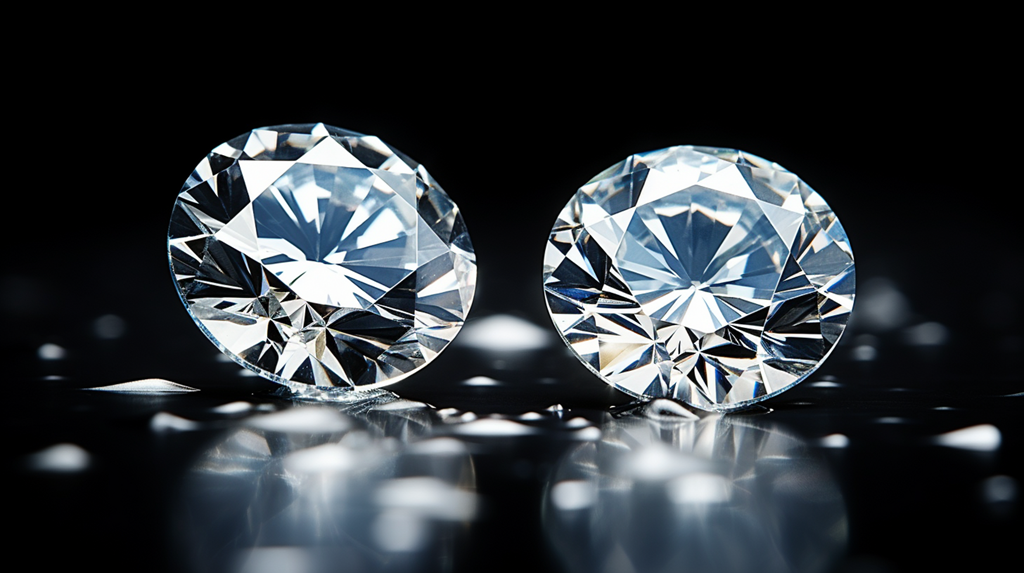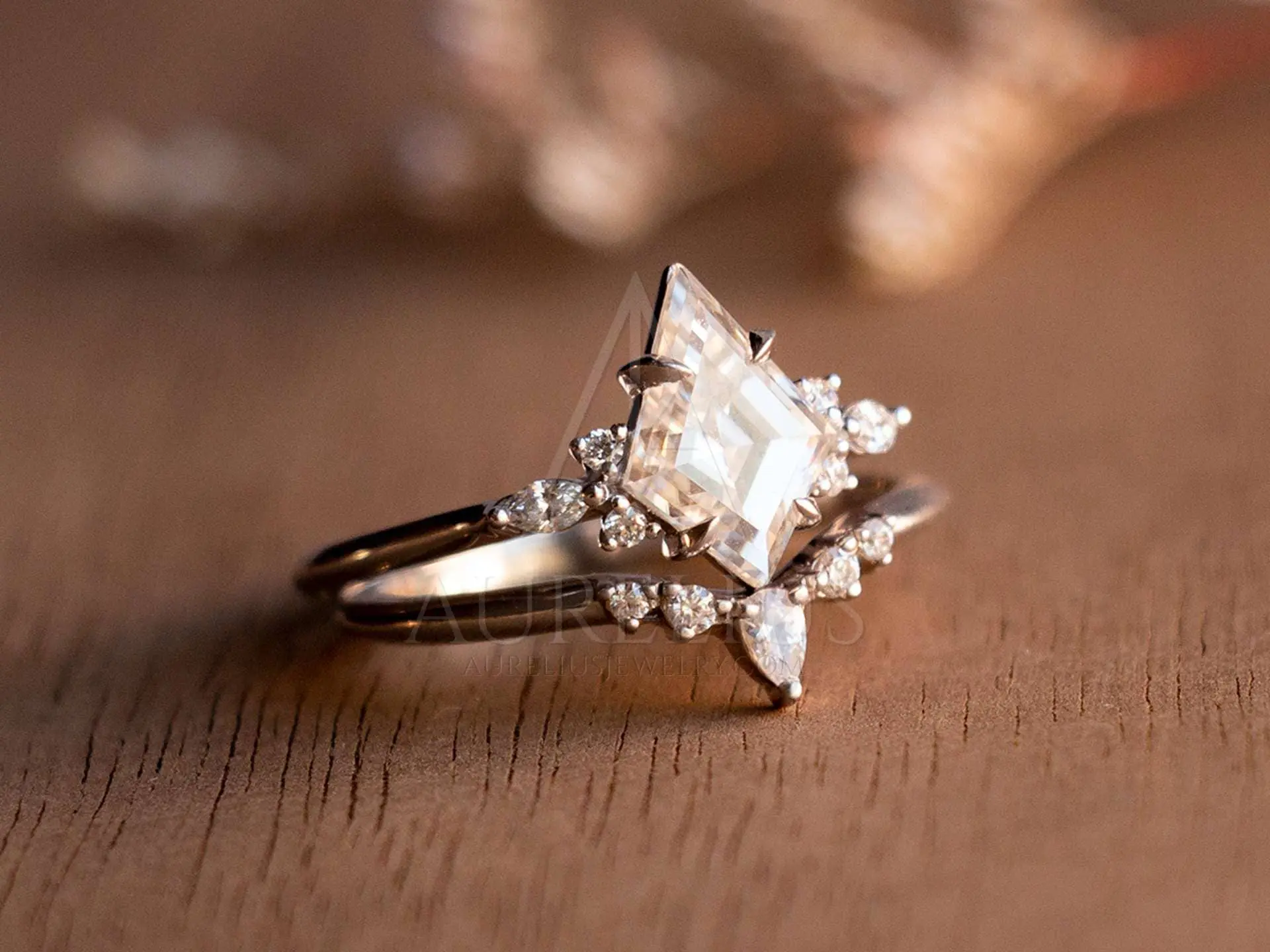You might have a terrific time wearing your sunglasses, especially in summer. However, these glasses are more than just accessories to match your style. Also, remember that the best lens for you will depend on various things. Some of the most crucial factors to consider are the protection the lenses provide, whether they are appropriate for the activities you intend to undertake while wearing them, and how your eyes feel. Of course, your style is another factor to consider.
Table of Contents
6 Basic Types of Sunglasses by Lens
Polarized Lens
The polarized lens is the earliest type. These lenses will decrease glare from water, glass, and snow surfaces. You can perceive the actual color of objects by minimizing glare. Furthermore, these glasses are ideal for anglers, drivers, and other sports requiring proper eye care. Aside from decreasing glare and allowing you to see accurate colors, polarized sunglasses have several other advantages. Reducing eye strain and enhancing visual clarity and comfort are among them. Similarly, these polarized lenses are available in a range of colors, with darker colors giving greater polarization that you will like.
Lenses that offer UV protection
UV-protective lenses are another type of eyewear available here. For everything we know, selecting sunglasses that provide UV protection is critical. This protection is the most effective strategy for shielding your eyes from the sun’s damaging UV radiation. Lenses blocking 99% to 100% of UVA and UVB rays are available when buying. UV 400 sunglasses give adequate protection from the sun’s ultraviolet radiation beams. There are many goods of that type for sale all over the market.
Glass Lenses
For hundreds of years, glass was the go-to material for lenses, and it is still used today. These lenses can shatter or crack and provide little UV protection if not coated. Plastic products are pushing them out, yet they are still relevant and widely used. Glass lenses are also exceedingly difficult to scratch, which is one of their best qualities. Also, everyone thought this to be exceptionally optically clear, as seen on those clip on glasses. One disadvantage is that glass is heavy, which can be uncomfortable situations. However, it is a dependable tool that you can employ.
Polycarbonate Lenses
Polycarbonate lenses are another type of lens in sunglasses. Polycarbonate, invented in the 1950s, became a popular lens material in the 1980s and is still used in sunglasses today. Since then, this material has become the standard for sports goggles, safety glasses, and children’s eyewear, where we know it serves both as fashion and as eyewear. This substance is ten times more potent than ordinary plastic or glass and will not shatter. Polycarbonate is also lightweight and, without a coating, can block 100 percent of damaging UV radiation.
Plastic Lens

Plastic ones are at the top of the list for cheap sunglasses with lenses. This variety is the most visible; therefore, having one is beneficial. It is not the same as UV-protected glasses or eyewear that may block dangerous rays. On the other hand, standard plastic lenses require a coating to decrease the impact of the sun’s damaging rays. Furthermore, they are less expensive and provide greater clarity than polycarbonate lenses, which is why consumers continue to purchase them. The tinting used to transform glasses into sunglasses works well with plastic lenses.
Photochromic Lenses
Photochromic lenses are one type that has recently gained popularity. These aren’t your run-of-the-mill tinted lenses. Photochromic lenses are designed to be transparent indoors and darken when exposed to bright sunlight. These features are distinctive and will set your sunglasses out from the crowd. Furthermore, they can be worn as regular spectacles and shades outdoors. We often see this type because many athletes prefer to use them for outdoor sports such as golf and tennis.
In Conclusion
These are a few examples of lenses that you might encounter daily. So, if you desire one, read about its benefits and decide what to get next.




